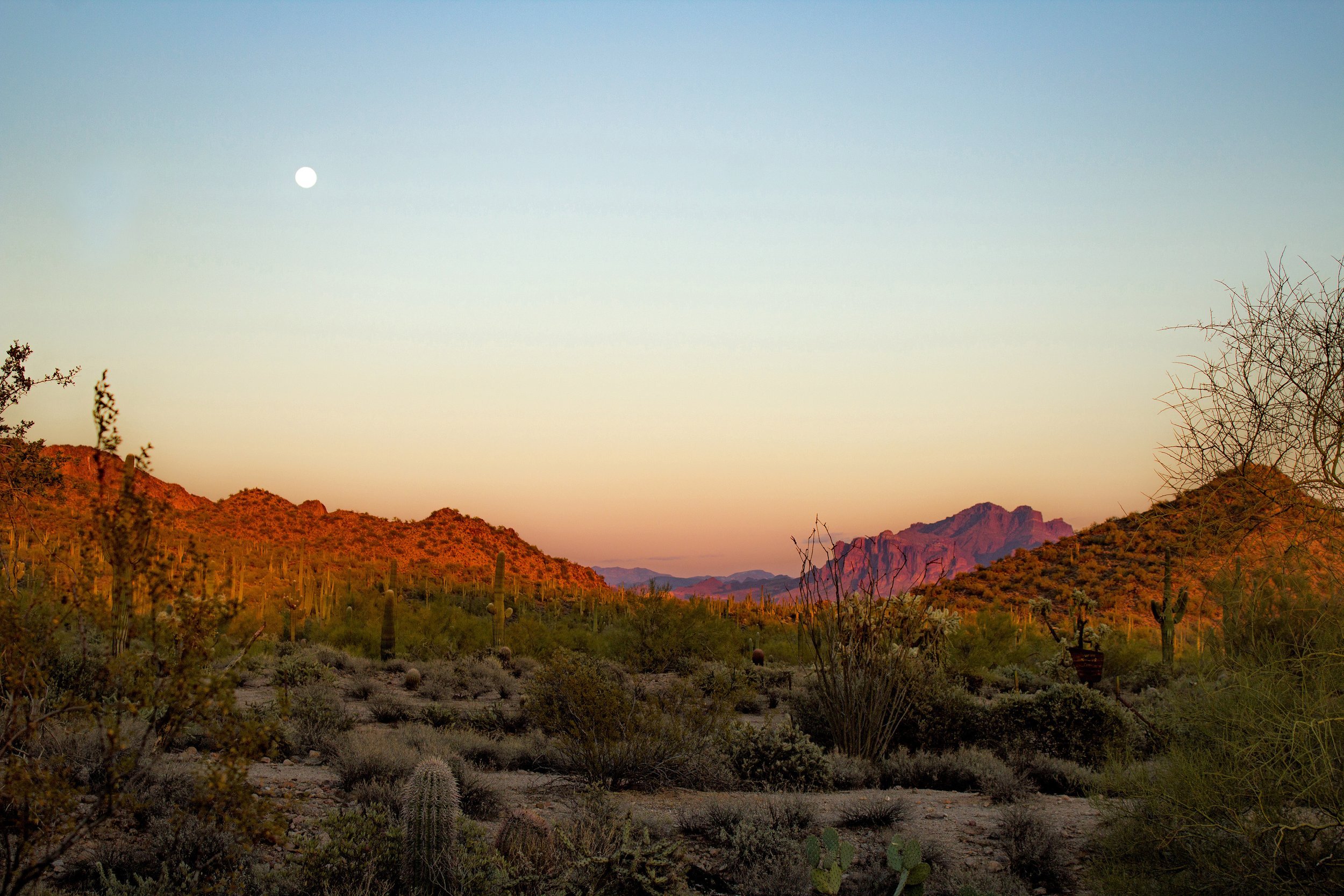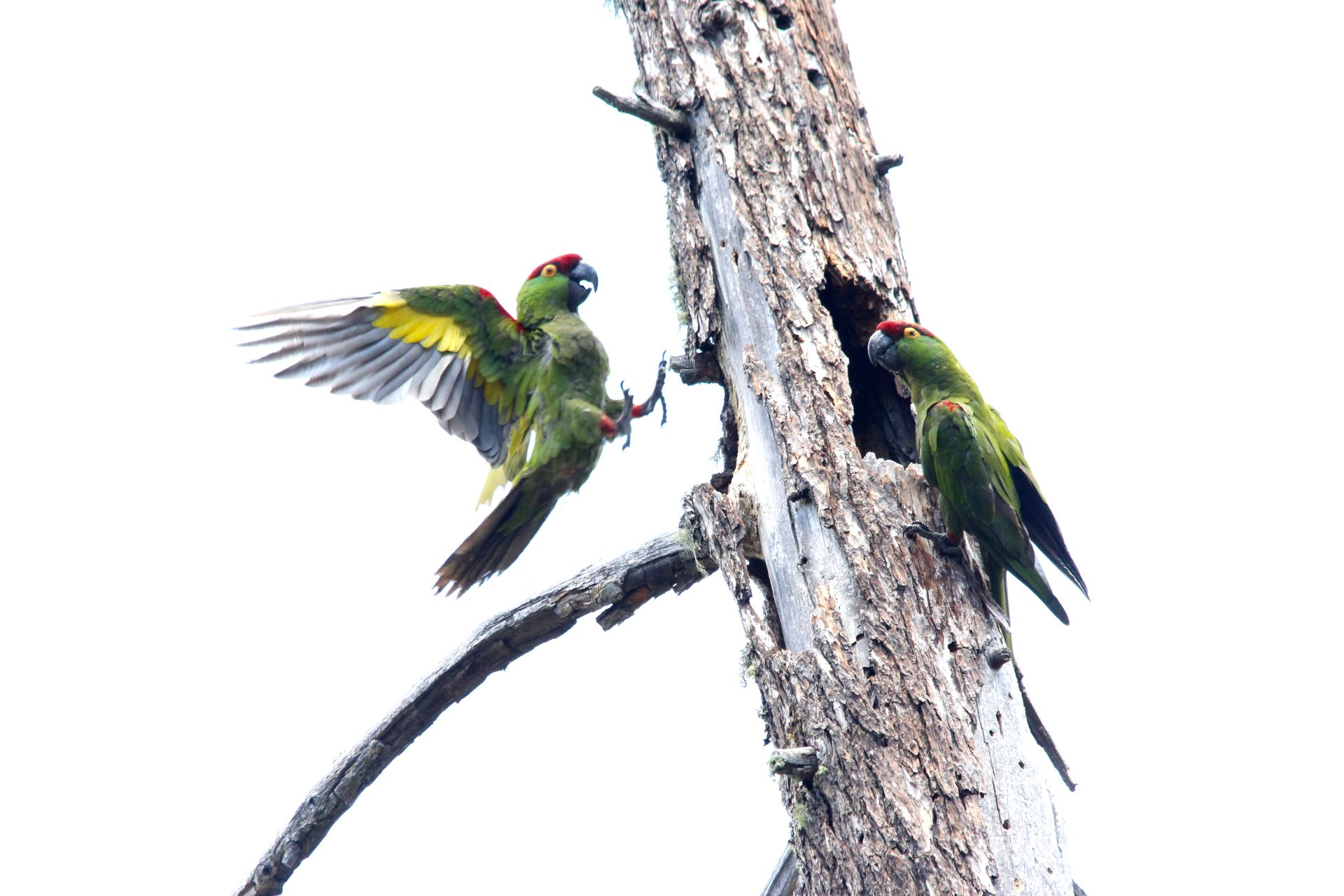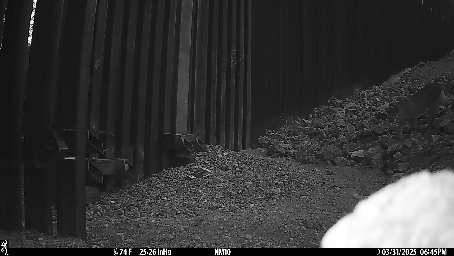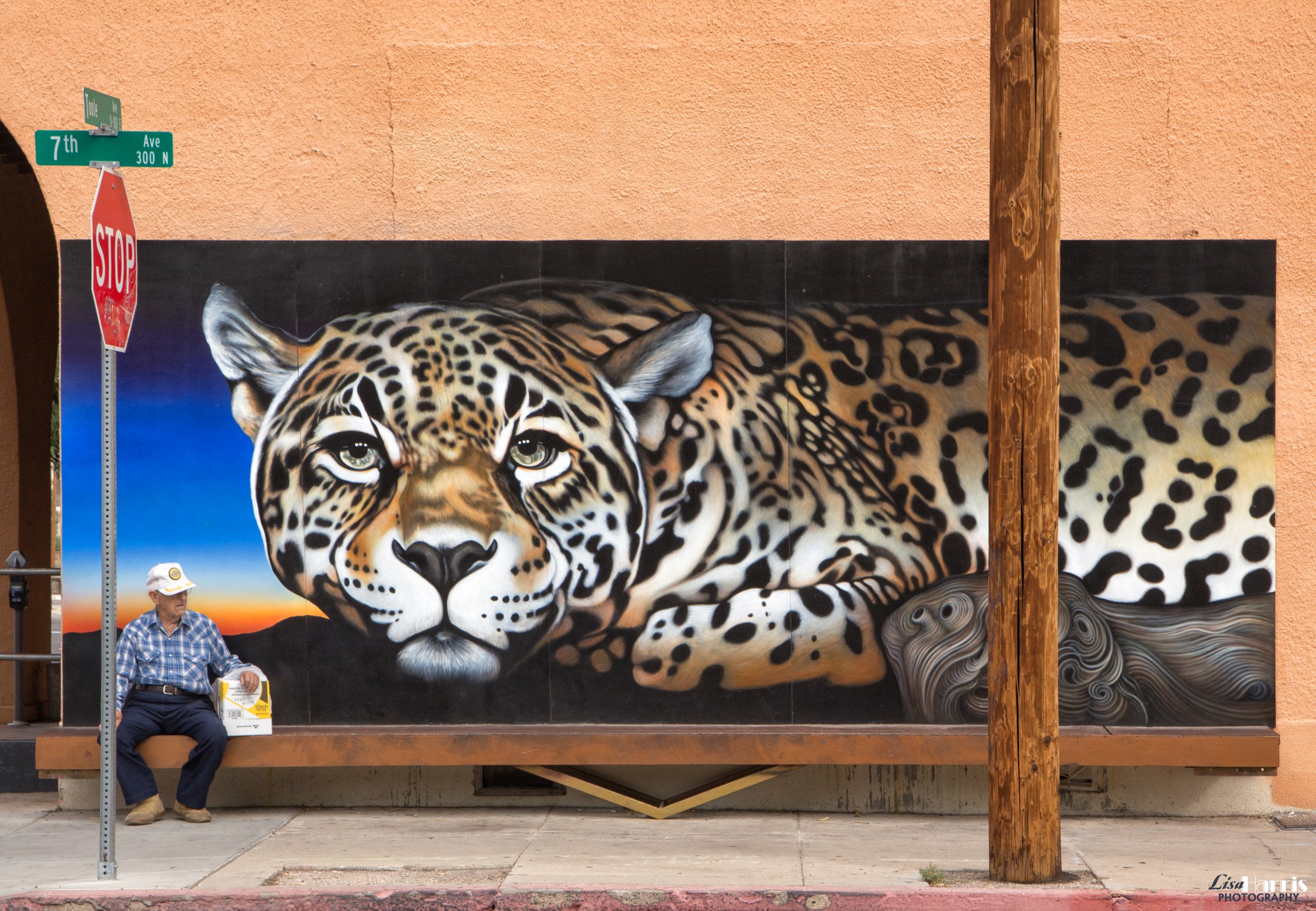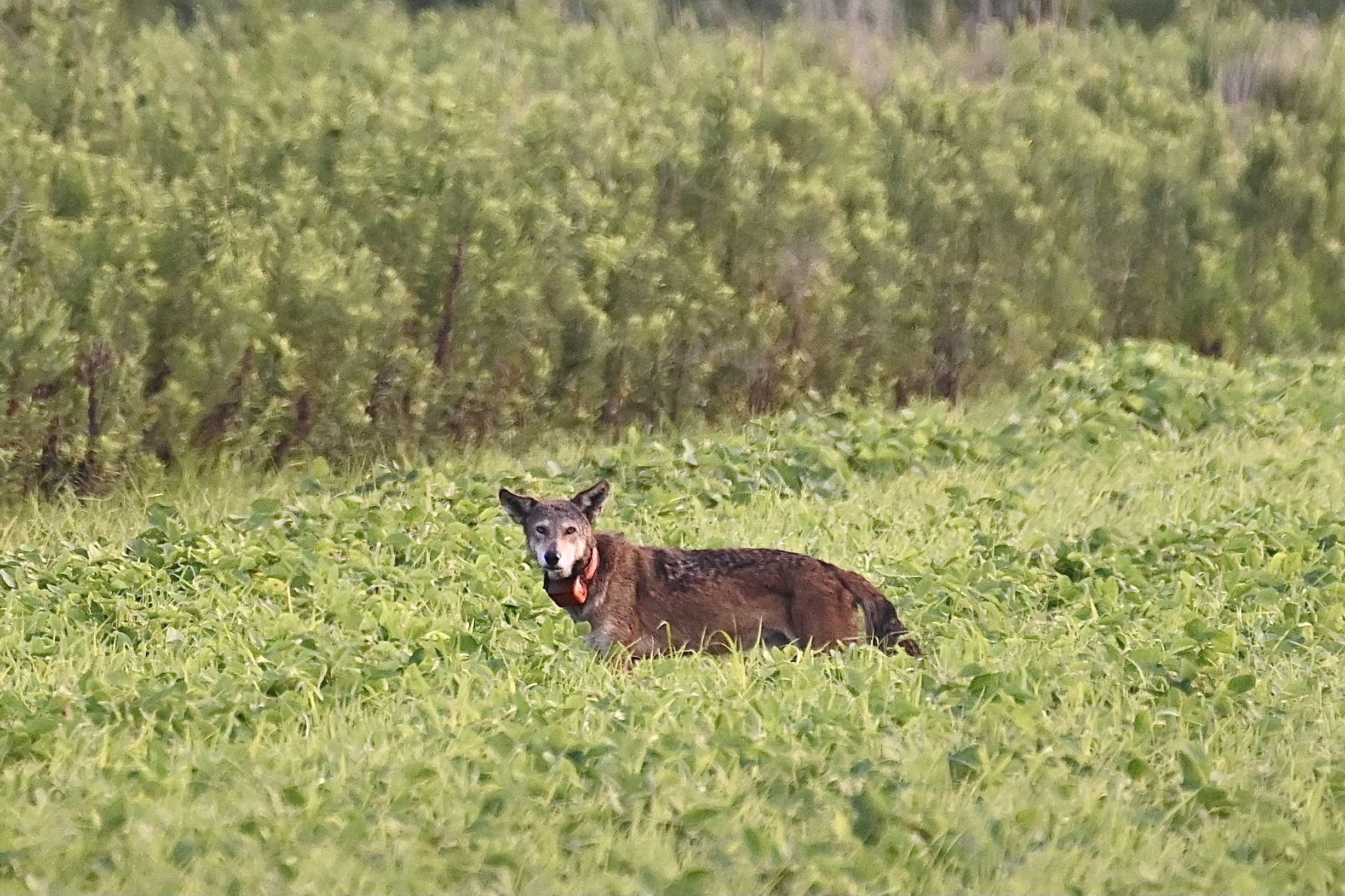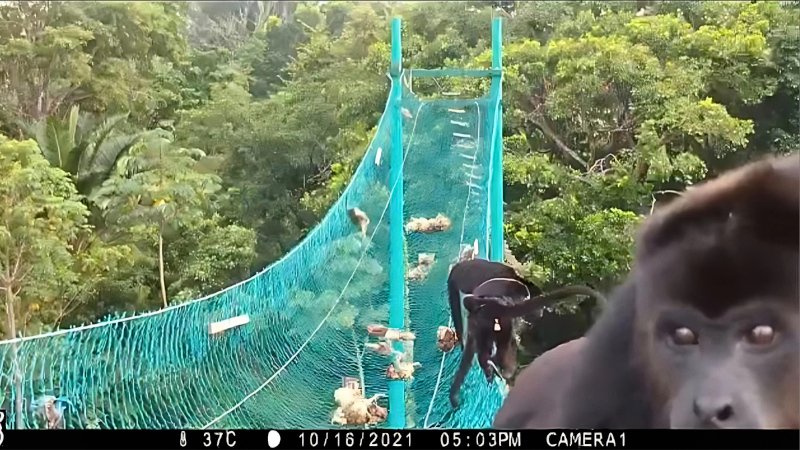
Rewilding Mexico for a
Connected Continent
Photo by: Alejandro Prieto
Our vision for a connected and restored North America includes one of the most biodiverse countries in the world: Mexico.
Through habitat protection and public policy, we are working to restore connectivity and secure a future for wildlife unique to Mexico – and vital to our continent’s biodiversity.
Our strategy to reconnect, restore, and rewild Mexico focuses on three clear actions:
Studying wildlife movement to conserve, connect, and restore critical habitats
Raising awareness for better policy
Building communities around conservation actions
Photos by: Carlos Aguilera. Cabo Pulmo, Natural Protected Area. Baja California Sur, México.National Protected Areas
Why Mexico’s Natural Protected Areas Are Critical
Natural Protected Areas (NPAs) are Mexico’s national parks, wilderness areas, nature reserves. They support the nation’s substantial biodiversity. However, a need for stronger governance, insufficient funding, and limited capacity to manage these habitats pose risks to conserving even the most protected areas.
We strengthen the management and funding of existing NPAs while promoting the creation of new ones by improving public policies, conducting research, and fostering collaboration among partners. These efforts aid Mexico’s commitment to preserving 30 percent of its land by 2030.
Private Conservation Areas
Implementing Private Land Conservation
95% of Mexico’s land is privately or communally owned, making private land conservation essential to restoring habitats and connecting landscapes. That includes the vital jaguar corridor from Sonora, Mexico to Arizona.
We create mechanisms for private land protection through tax incentives and legal frameworks like Sonora’s Derecho Real de Conservación (The Real Right of Conservation) which, since 2024, provides economic incentives for landowners to voluntarily conserve their land similarly to land easements.
Photo 1: Cecilia Aguilar/Wildlands Network, Photo 2: University of Arizona / USFWS, Photo 3: CONANP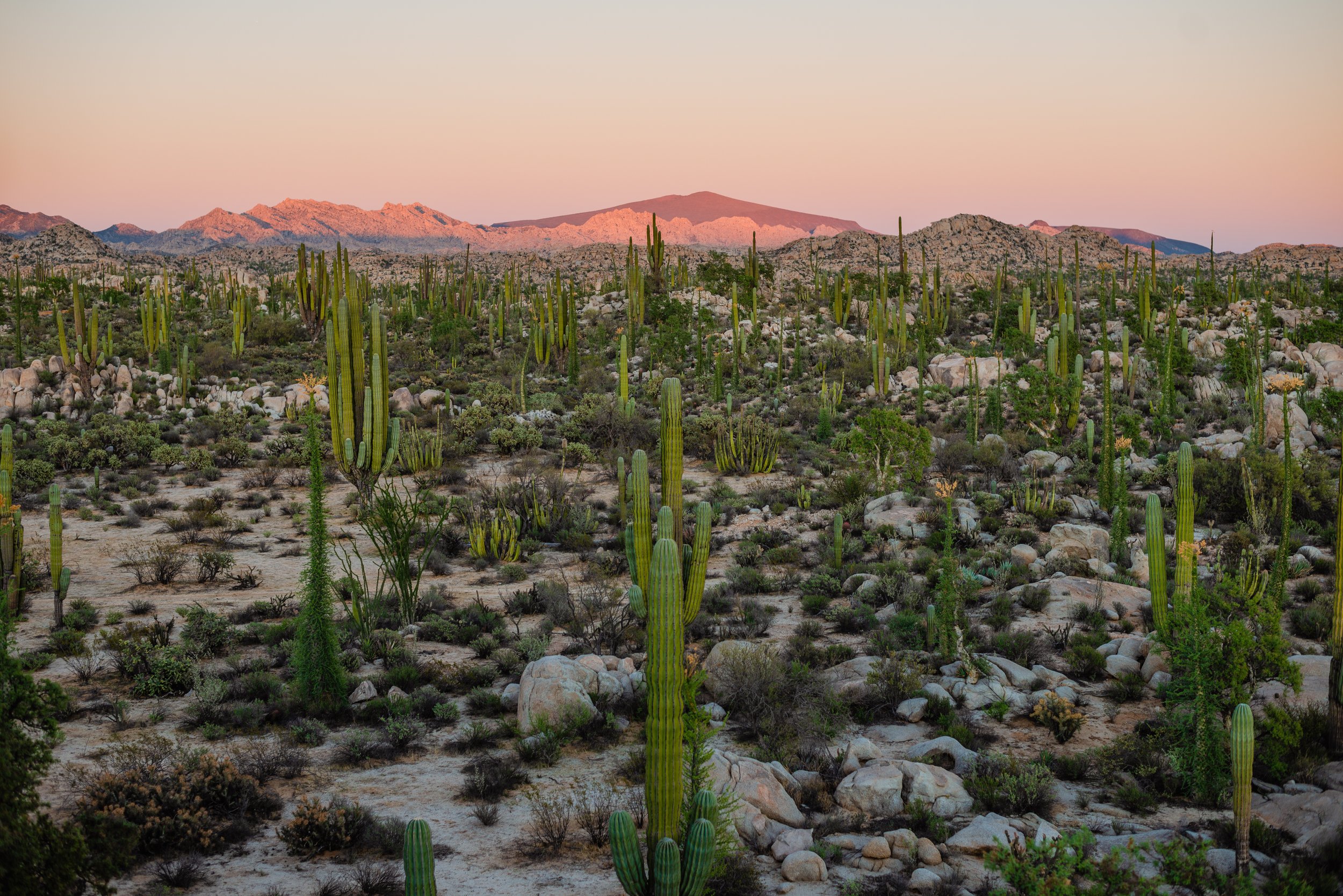
By connecting national and private conserved lands to create wildlife corridors, we can ensure safe passage for diverse species through their natural habitats.
Video by: Wildlands Network & PartnersRewildling Keystone Species
Rewilding the Jaguar and
Its Native Ecosystems
As a top predator, jaguars balance ecosystems — a service necessary to restore in their historic habitat that once extended as far north as Arizona. The key to jaguar recovery in the U.S. is reconnecting a corridor for their northernmost breeding population in the Sky Islands region shared by the southwest U.S. and northwest Mexico.
We are rewilding this ecosystem by monitoring jaguar populations with cutting-edge research, collaborating with local communities, and restoring connectivity with wildlife crossings and openings in the face of an increasingly impermeable border.
Protecting Endangered Species
Photo by: Manuel Escárcega / CONANPThe Thick-Billed
Parrot’s Last Refuge
The endangered thick-billed parrot, once a common sight in Arizona’s skies, now inhabits a fraction of its former range in northwest Mexico’s ancient Sierra Madre Occidental forests.
Since 2000, we have supported thick-billed parrot conservation to protect these birds and their old-growth forests against their biggest threats: deforestation and increasingly intense wildfires. We work on the ground with the Mexican government, conservation organizations, and communities in Chihuahua to support a local transition from logging to firefighting.
Donate now and join the movement to restore, reconnect, and rewild North America.
With your donation, you play a key role in building a resilient future for Mexico’s vital habitats and wildlife.


